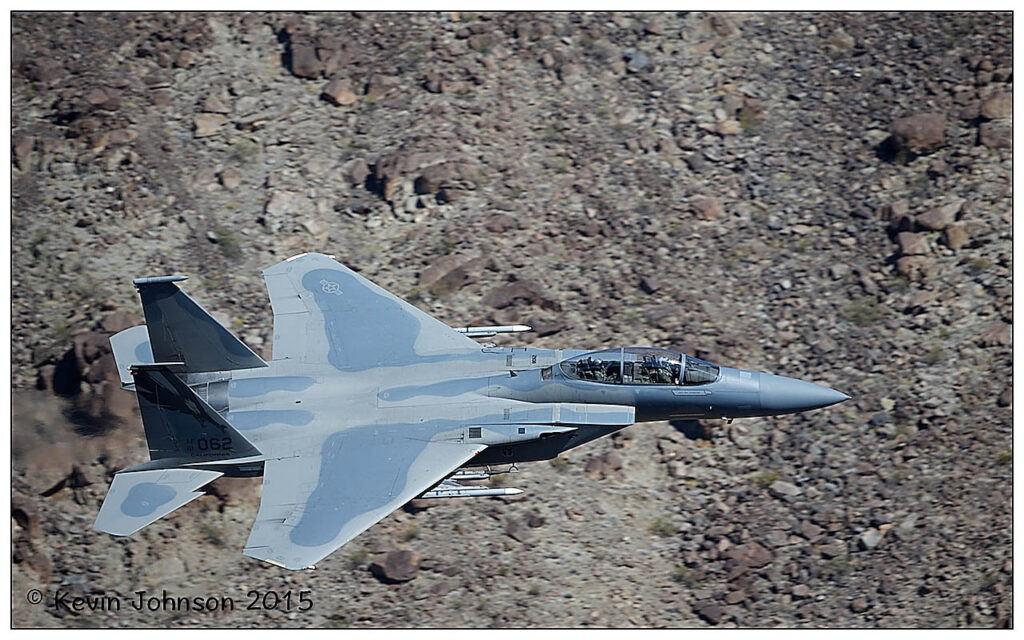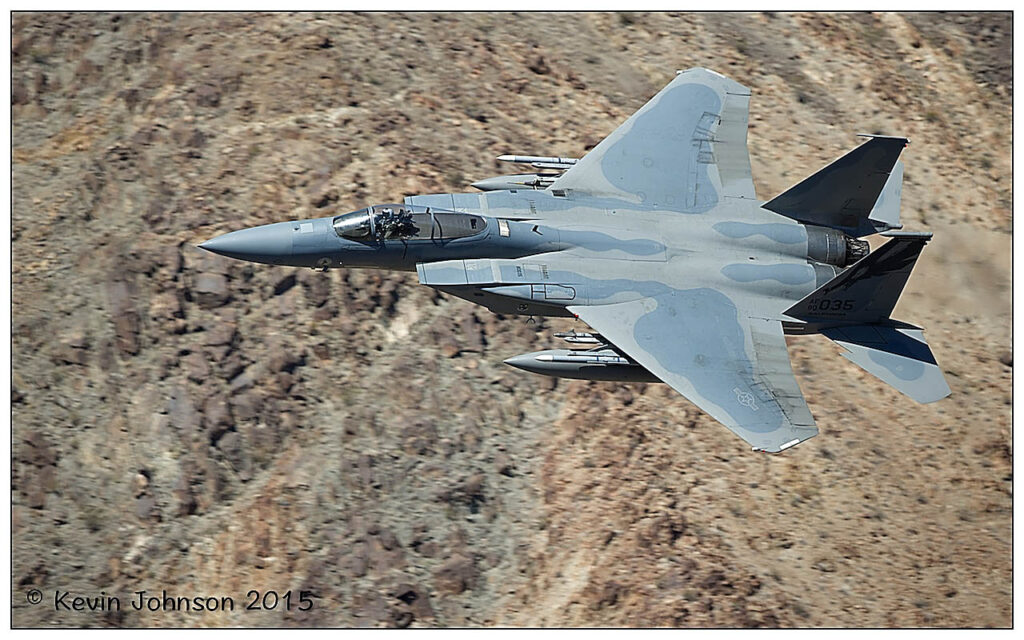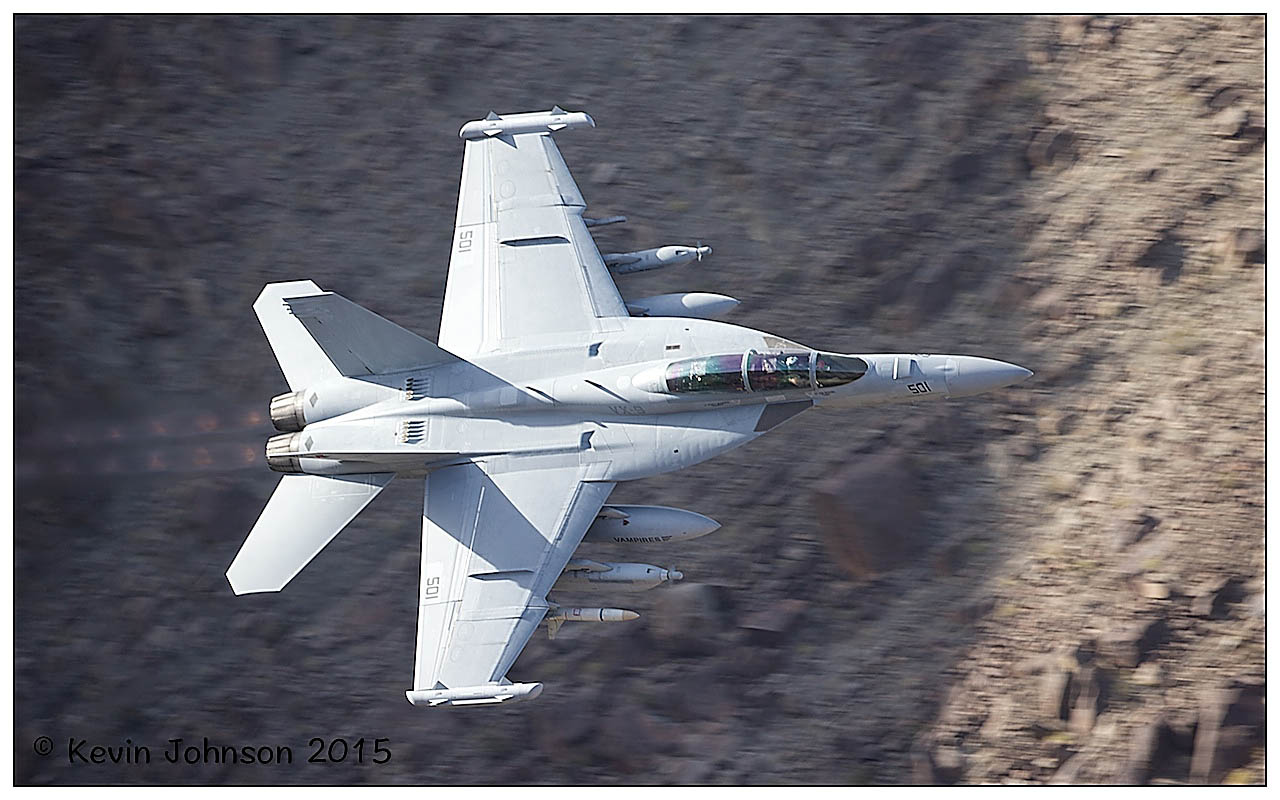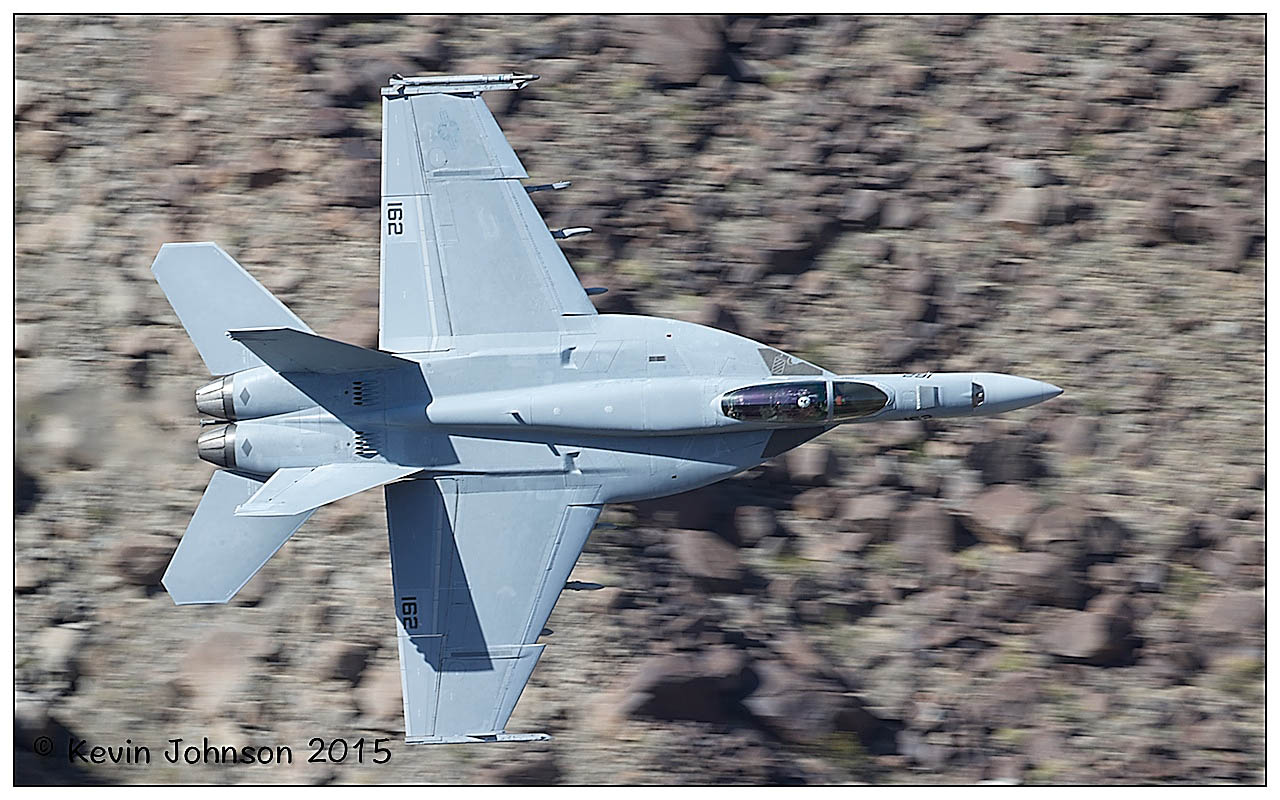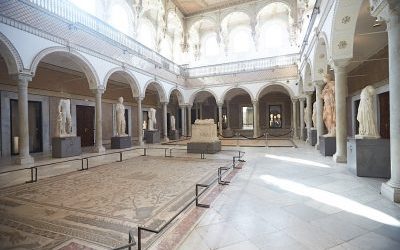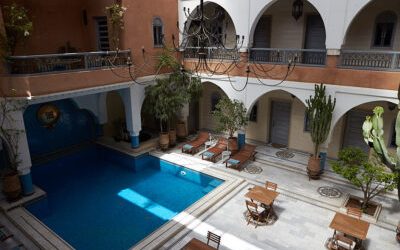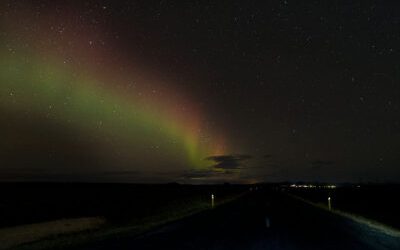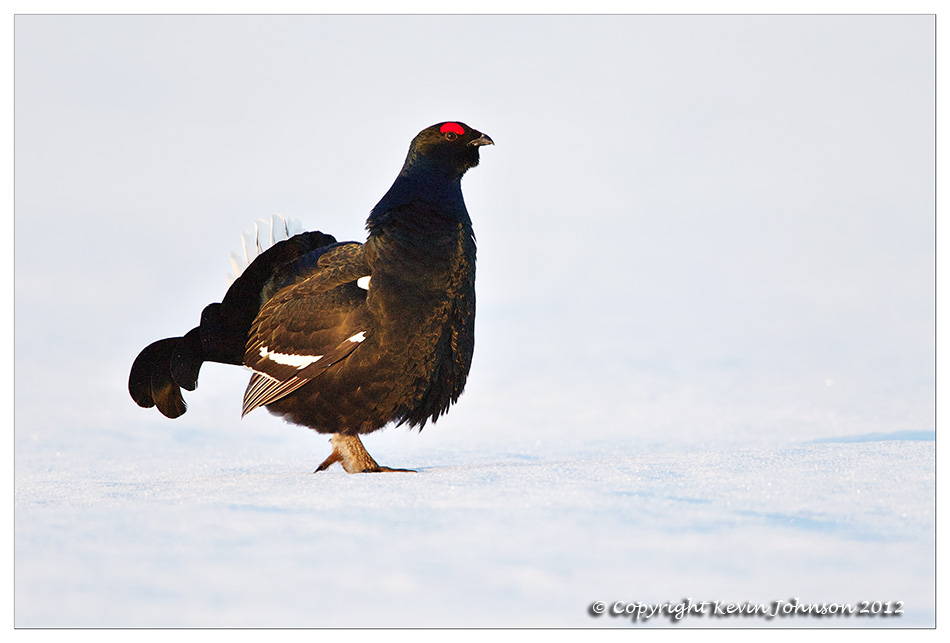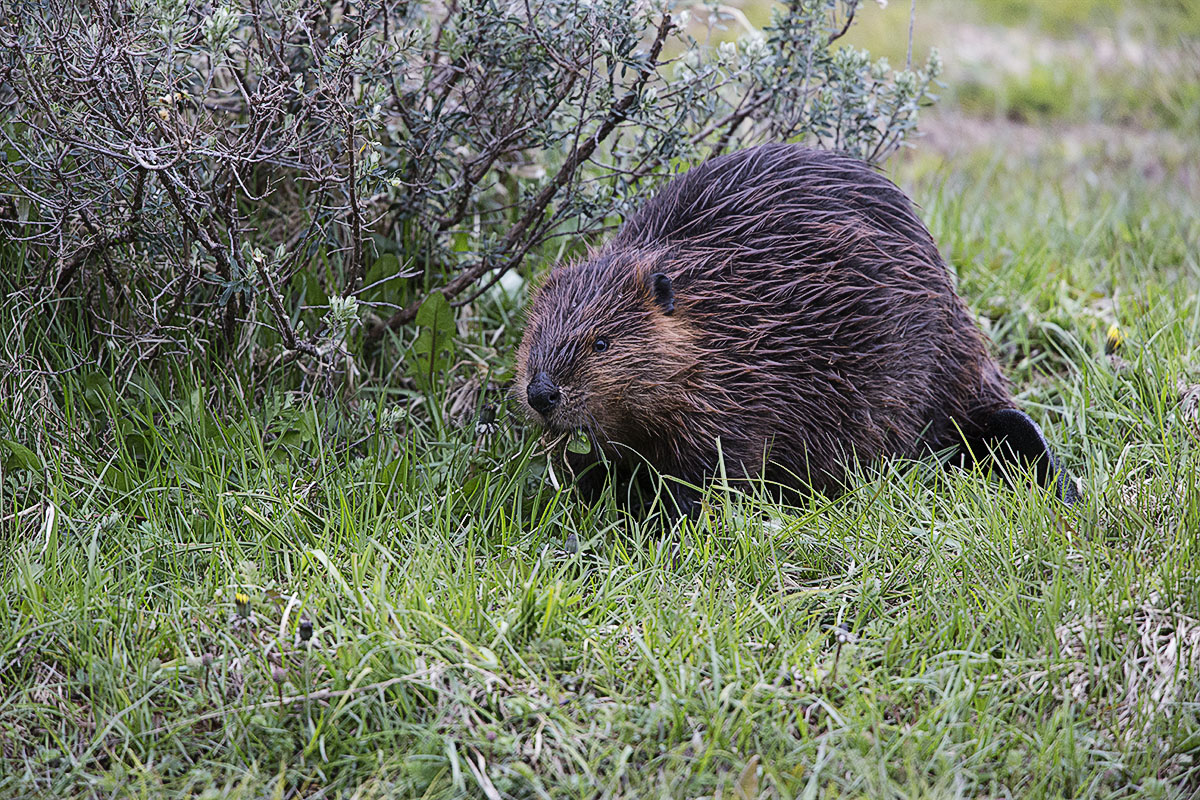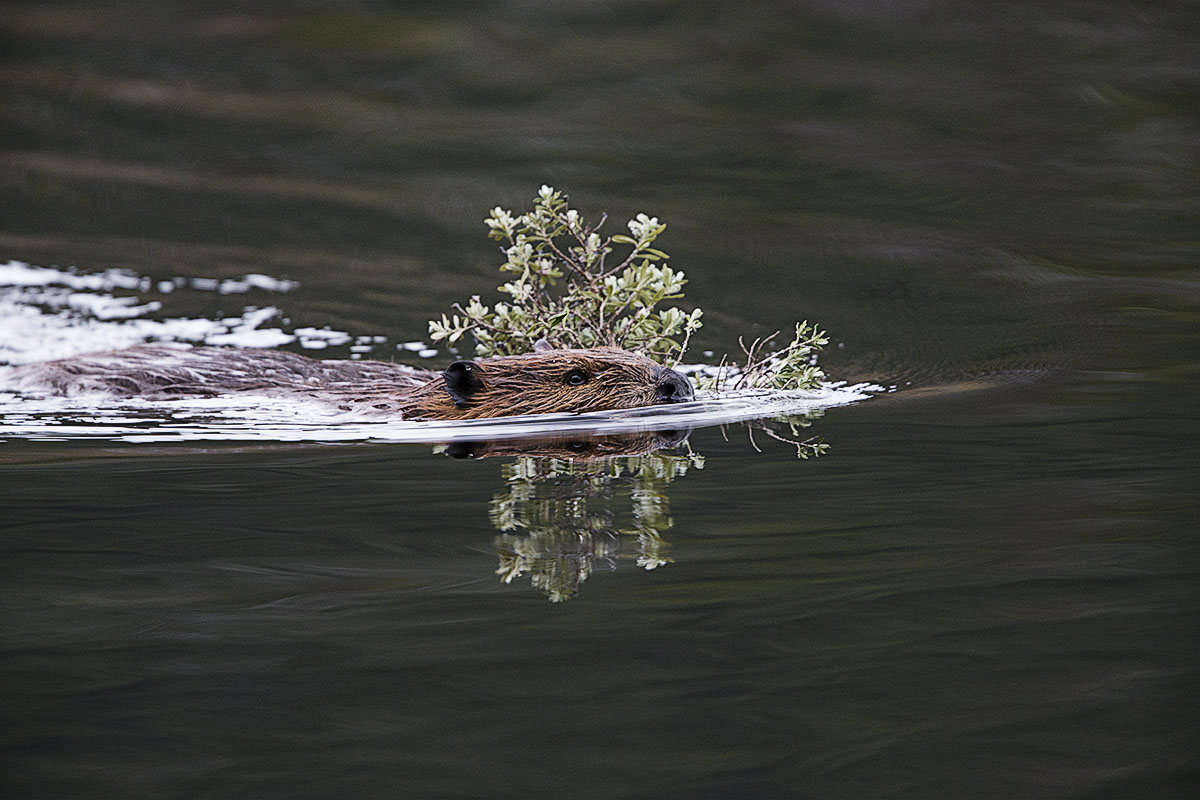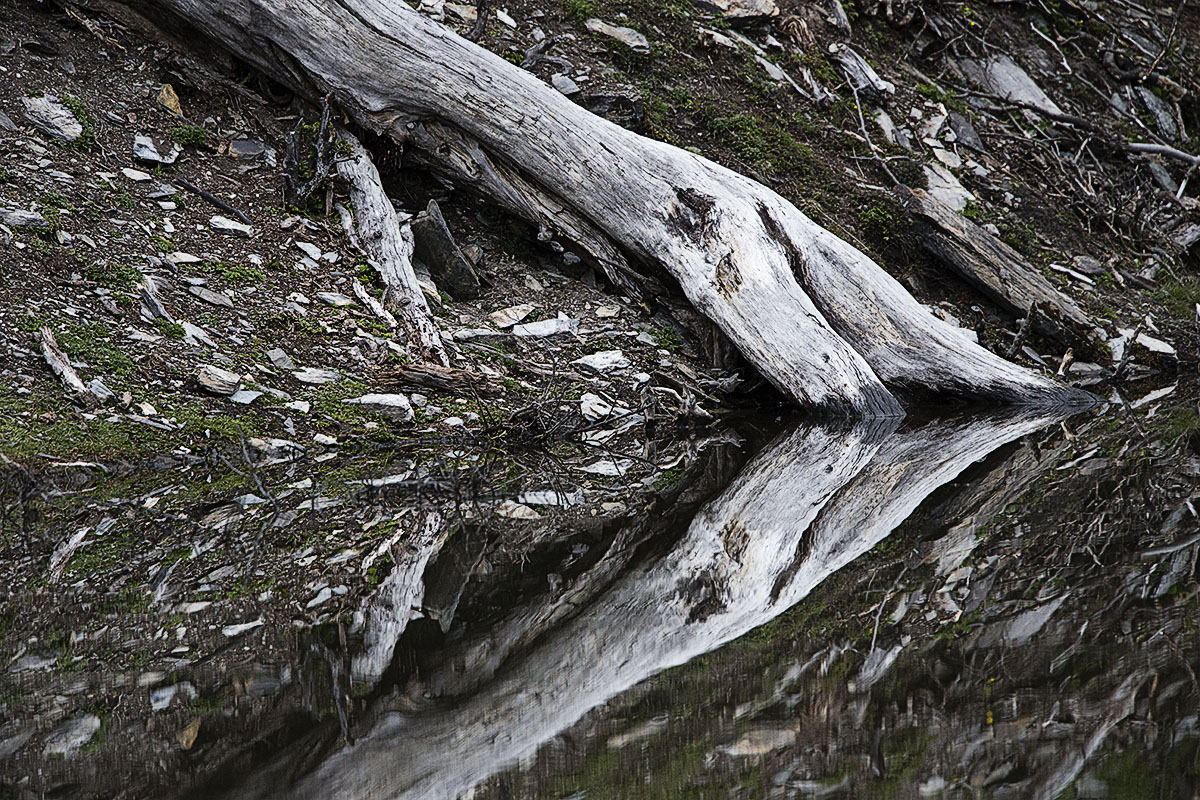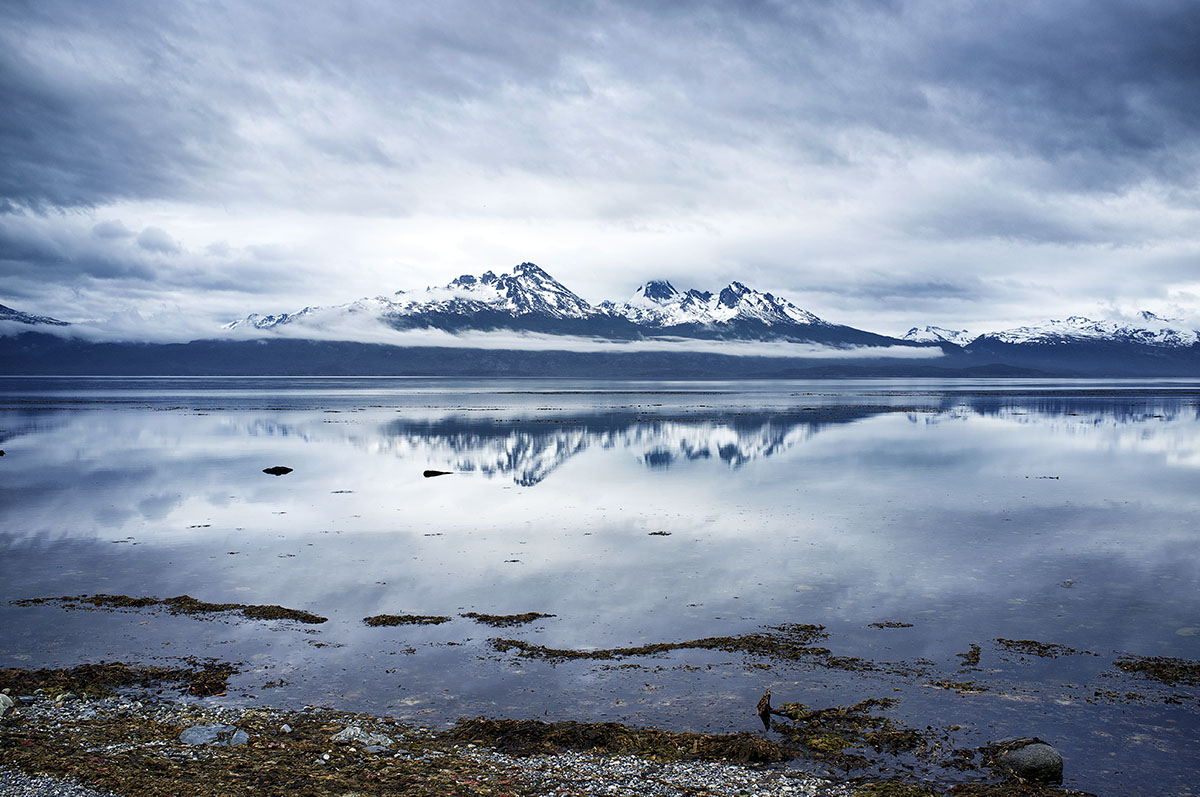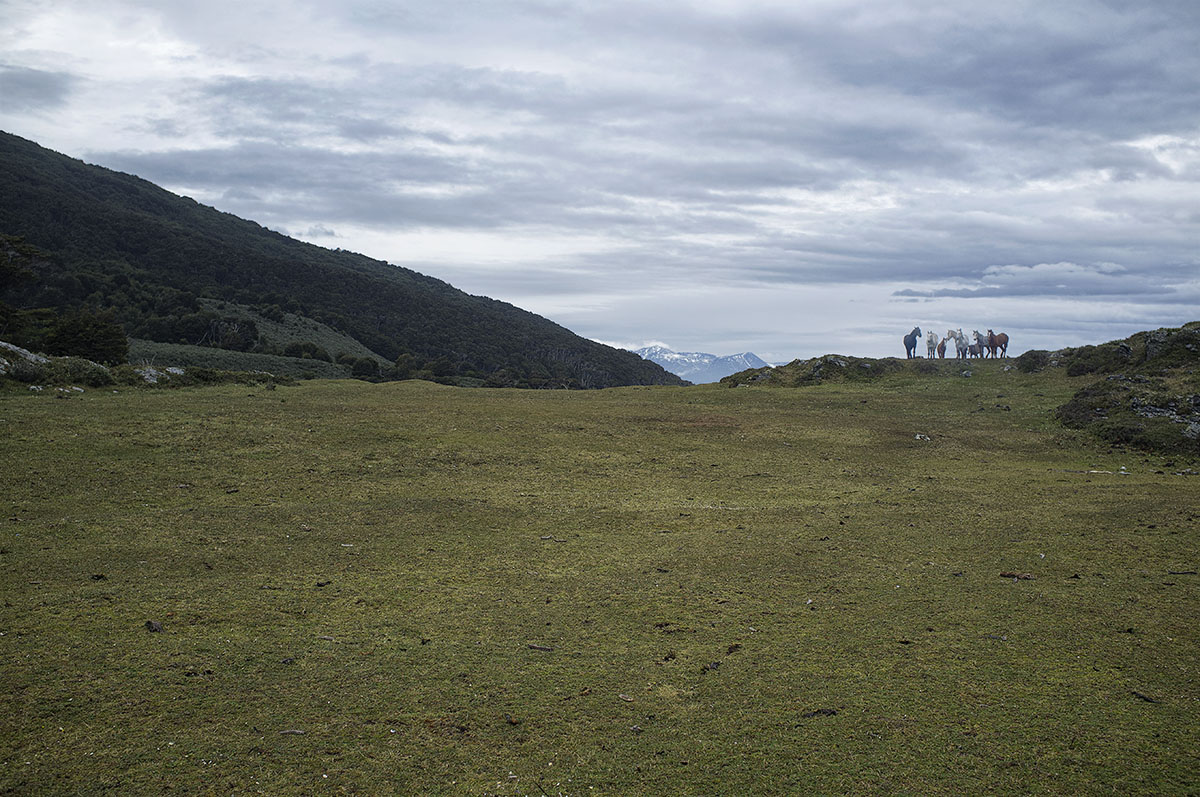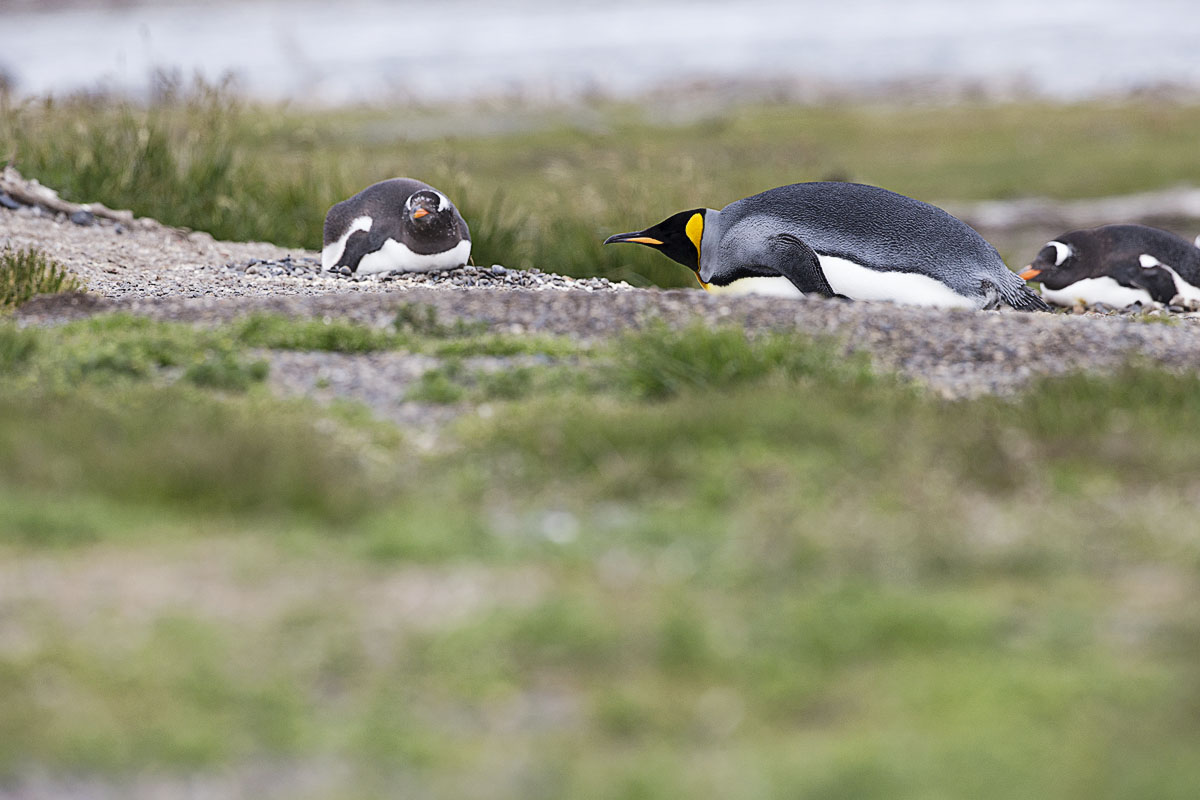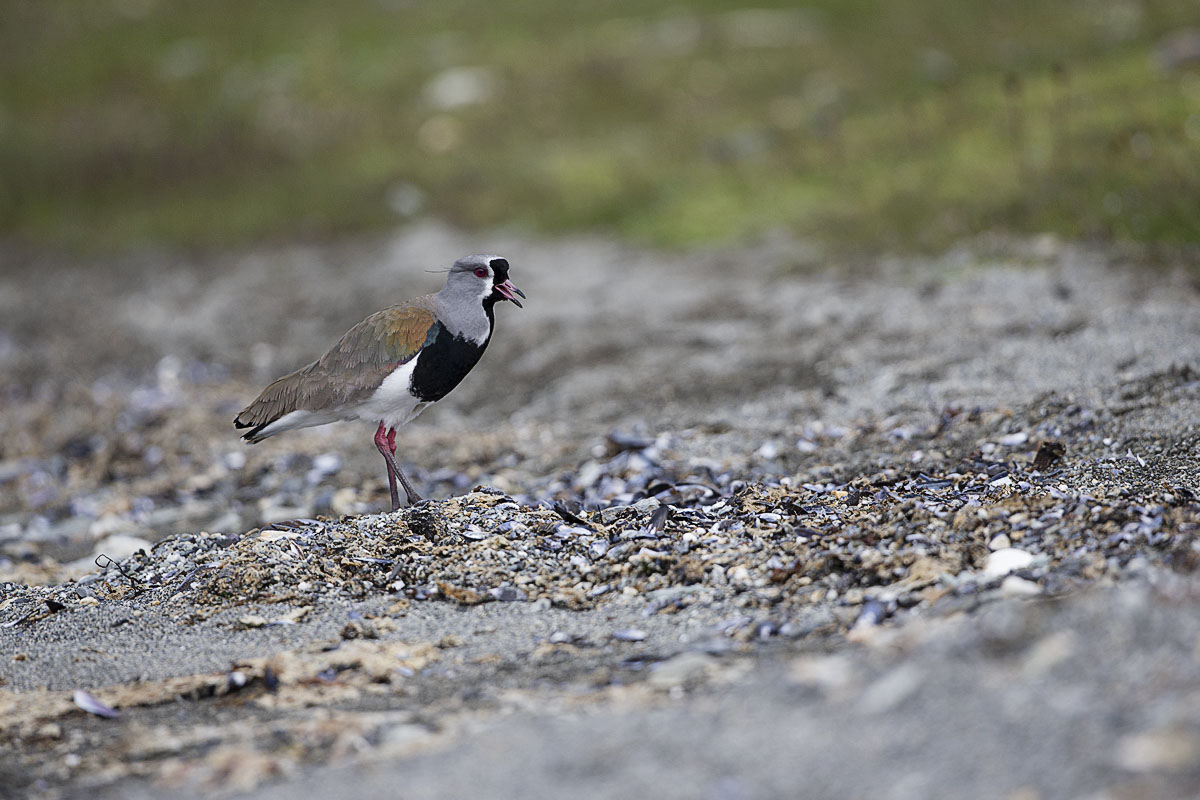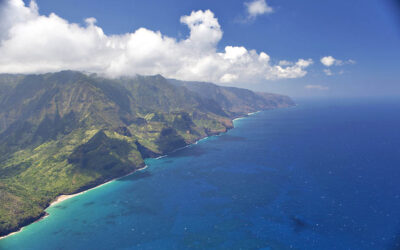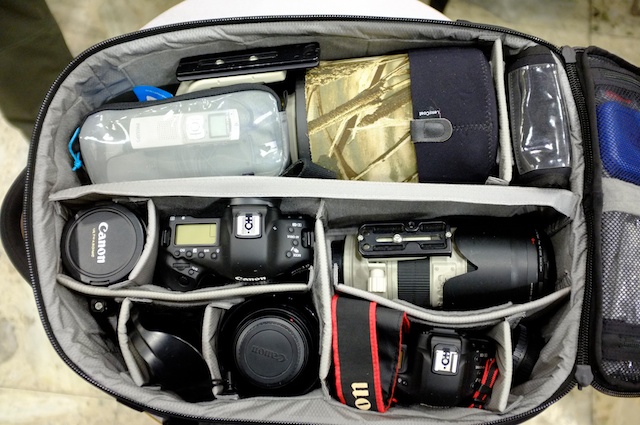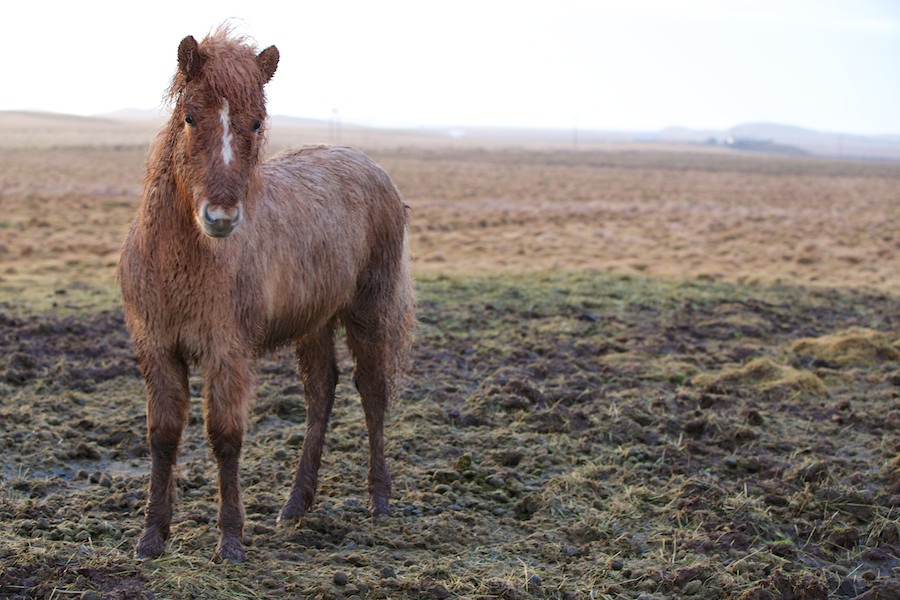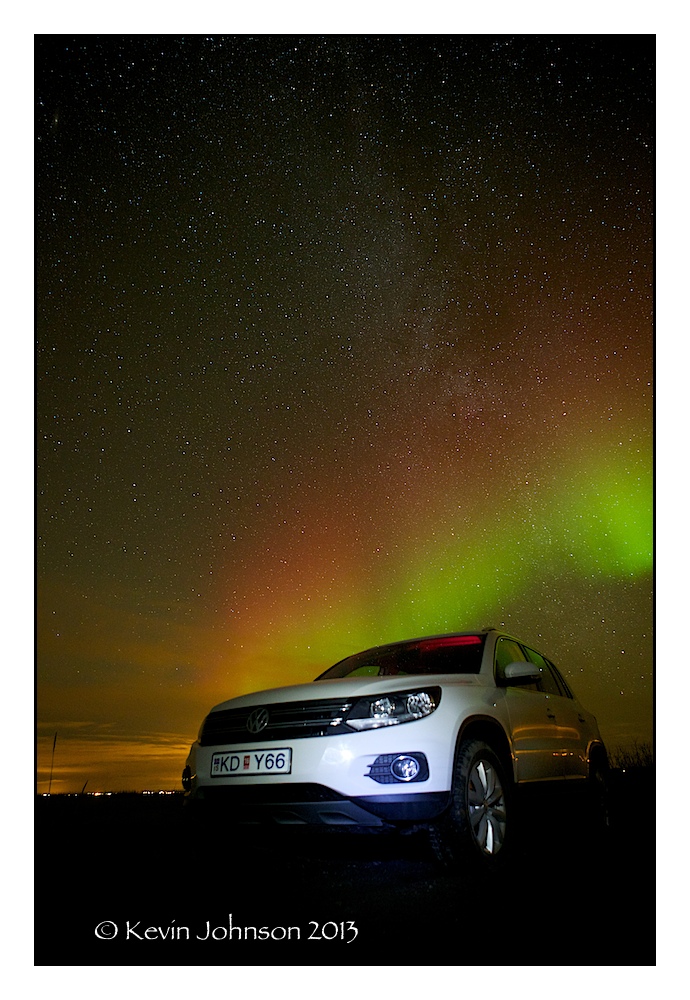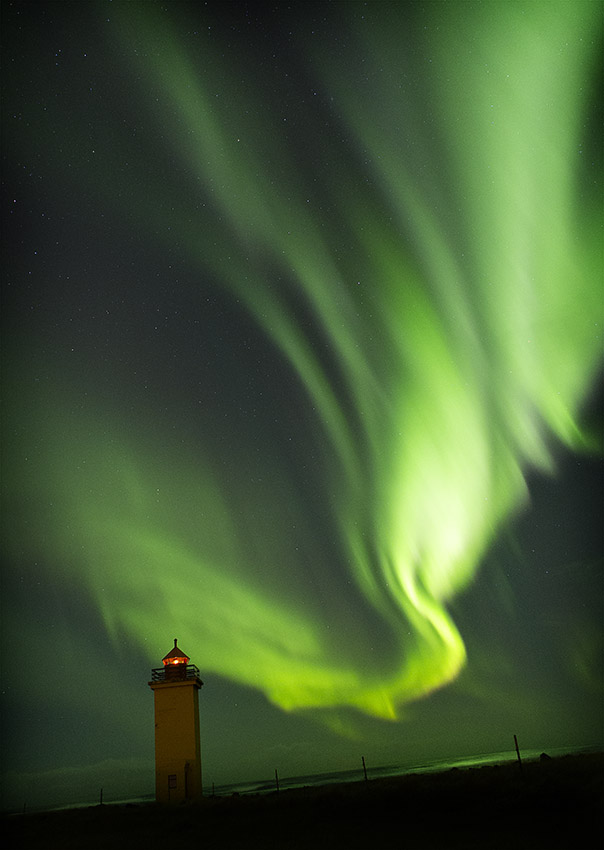Jedi Transition – aka Rainbow Canyon 2015
Rainbow Canyon aka Jedi Transition
Duration: 7 days, 6 nights
Location: Lone Pine, CA
Budget:
Miles Travelled: 3,000+
Kevin and Paddy headed to LA for a day before driving a few hours North East towards a small town called Lone Pine. It was here that we were based for the week ahead to try to get some shots of low level flying (LLF) through the Rainbow Canyon - aka Jedi Transition.
The lookout point is around 45 minutes drive away from Lone Pine and it is pretty remote. Lone Pine offered the best accommodation, food and amenities based on the location.
Rainbow Canyon is part of the R2508 Special Use Airspace Complex, in Panamint Valley. The Canyon is a part of the much larger Sidewinder Low Level route, and is officially called “Jedi Transition”. Rainbow Canyon itself is also known as Star Wars Canyon. It is said that some movie scenes of the Star Wars movies were shot here.
The Jedi Transition starts just west of Owens Lake at 36.403047,-118.01239. From here aircraft hug the desert floor and pull up just before the canyon to clear higher levels. From there they enter the Canyon at Father Crowley Point, and continue through the Valley and exit the valley 3 miles from Father Crowley point. Most aircraft call up at 315.9 Mhz before entering (only pilot to pilot communication). The direction of flight is published as east-west but we have seen aircraft going the other way. Thanks to Ron for the information.
I put most of the information that I could find in the area on a Google Map – image shared below.
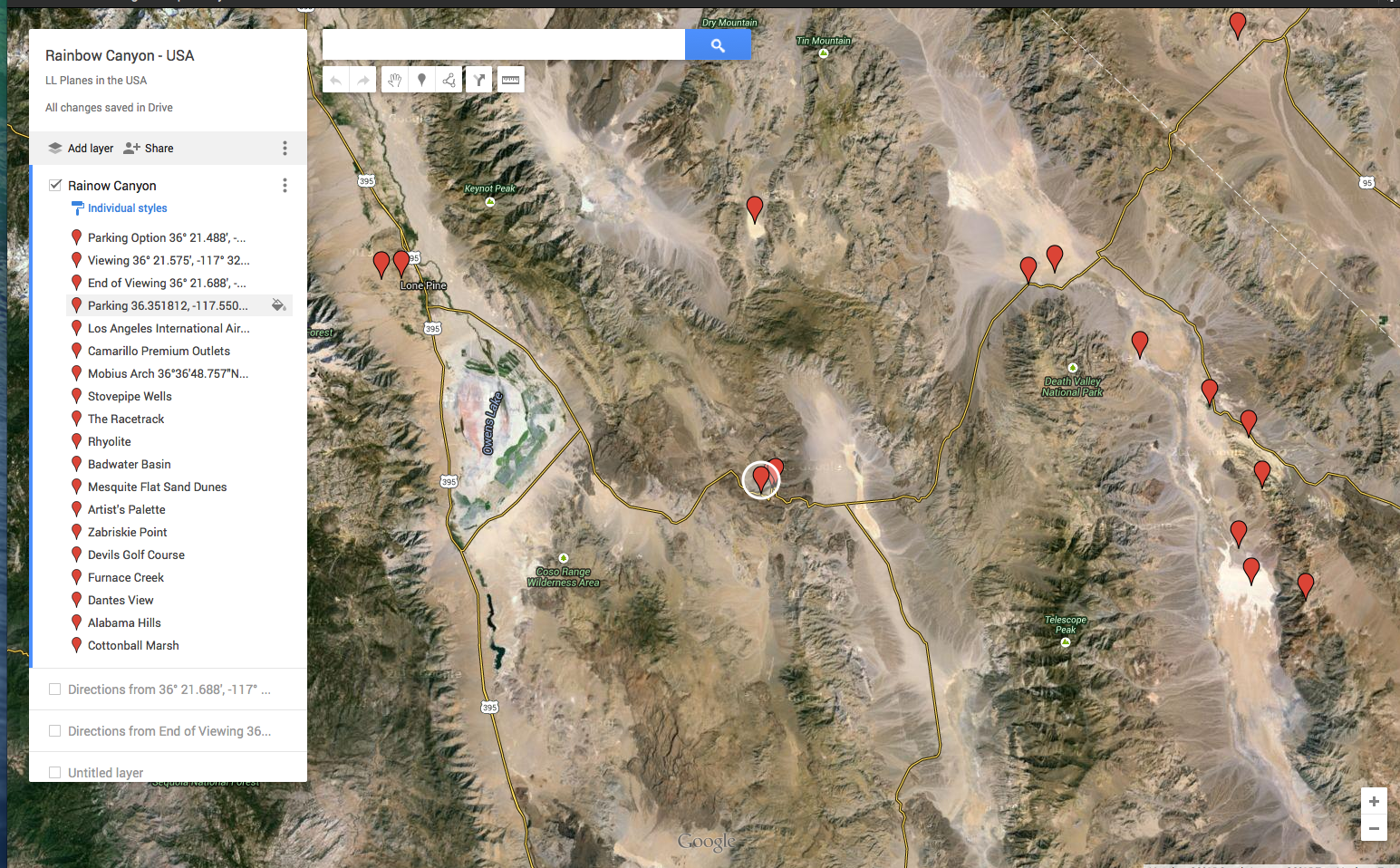
The circled point in the center of the map is Father Crowley Point and car park. On the far left of the map , above the triangle and Owens Lake, is Lone Pine and the Comfort Inn where we stayed. Really nice accommodation, close to the turn you need to take in order to travel to the lookout and parking and about 1.5 miles outside of town. Breakfast was included and free wifi, parking and the usual other pieces. We headed into town each night and went to the local supermarket, Josephs, and got supplies for the following day. The supermarket was usually open till 20:00 each night so we were back from the hills by then.
A typical day ran something like this : get up at 07:00 and get some breakfast, then pack the bag and be in the car and moving by 08:00. The drive across was approx 49 miles from when you turn onto the road. There are mile markers on the side of the road as you are driving and Father Crowley Point is at mile marker 47 – give or take. You keep driving past this to mile marker 49.5 and on the right hand side – just after it – there is as pull out area where we parked the car. The walk to to hilltop takes about 10-15 minutes and then you are in place for the day. It takes about an hour to get from the hotel to the hilltop as traffic is usually light. We had an F/A-18 Hornet pass us the first evening as we were coming home around 18:00 hours and again another morning as we were heading out around 08:40 so traffic is definitely not restricted to 9-5 in the Canyon.
On Monday, we were caught napping with a pass from an F-15E Strike Eagle westbound at around 10:00. It being our first day, and not having a scanner, we just waited. The Eagle flew through and I did not get any shots of the first pass but he saw us and exited the Canyon beyond Father Crowley Point and came back through for us – East bound. This time we were ready …
Early morning and later in the afternoon are probably the best times of the day to shoot but one cant be picky when you travel from Ireland to this great location. All in all we had 7 passes on Monday, 8 on Tuesday, 9 on Wednesday and 6 on Thursday. It was spring break and Easter Week so that might have cut back on the amount of flying in and around the area – I don’t know – but I was grateful for all the passes that went through.
Early afternoon and this camo F-15C came through and I had the shutter speed down a tad too low for the capture. The image is here for show more than anything else …
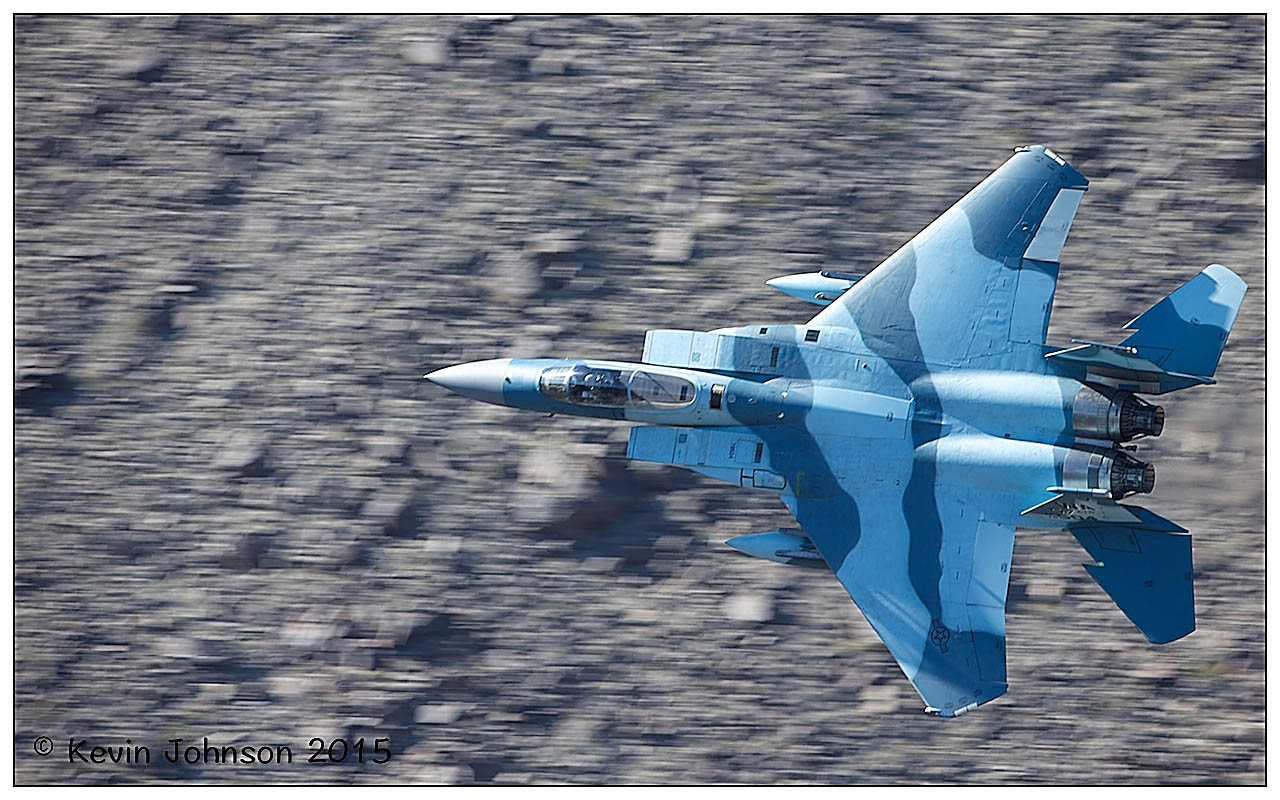
We had several F/A-18 Super Hornets and I think some Hornets or Legacy Hornets also when we were there …
We had a special visit from an X53 NASA modified F/A-18 on the last morning also – the pass was high but I included the images here for show more than anything else. A C17 came over the hill to the right of Father Crowley Point also and dropped down into the Valley – impressive and huge…
They can be seen in the Photo Gallery for the trip along with some other nice shots from the excursion.
Recent Travels
Below is a collection of the most recent articles , galleries and blogs on the site – feel free to look through them and let us know what you think!

